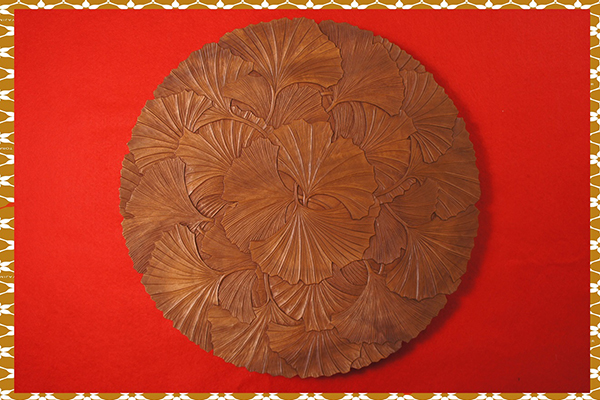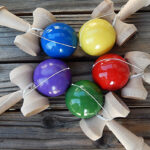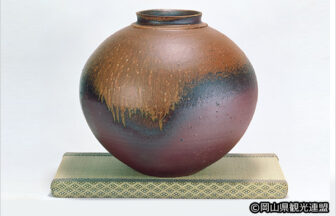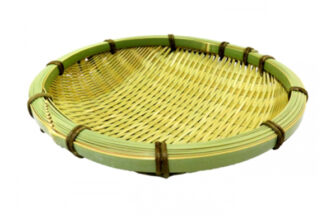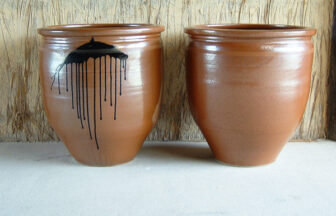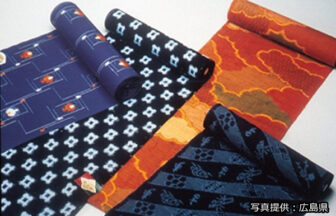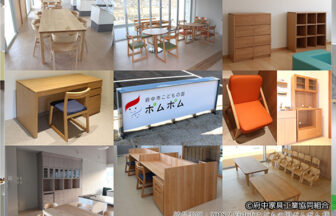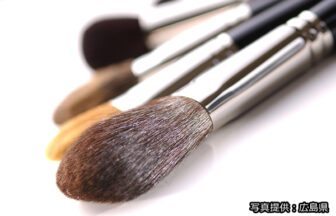Production Area
Miyajima, Hatsukaichi City, Hiroshima Prefecture
Historical Details and Geographic Characteristics
Miyajima zaiku is a type of woodwork made on Hatsukaichi City’s Miyajima Island, and is derived from techniques used by temple carpenters and cabinetmakers who were invited to build shrines and temples during the Kamakura period. The mountains of Miyajima, protected as an “island of the gods,” provided the opportunity to gather wood, and the Hatsukaichi area (on the other side of the island) served as a stockpile of lumber from the Chugoku Mountains. This made it easy to obtain materials, which also contributed to the development of woodworking.
The direct origin of today’s Miyajima zaiku, as represented by the rice paddle, can be traced back to around 1800 at the end of the Edo period, when the monk Oshin devised the idea of making a rice paddle in the shape of a biwa (lute). This biwa was originally believed to be held by Benzaiten, a deity worshiped on Miyajima, and by creating a rice paddle in the same shape, it could then be used as a souvenir for visitors to the shrine. Around 1850, wood-turning and carving techniques were incorporated into Miyajima zaiku, and a wide variety was used to produce Miyajima zaiku used in typical daily life; such as round trays, and other products made with wheels, square trays, and other hollowed products carved out of wood, and Miyajima bori with its hand-carved designs.
Miyajima zaiku flourished around the end of the Meiji period, and it is said that nearly 300 craftsmen came to Miyajima from all over Japan to study and hone their skills. Miyajima zaiku, which became well known in this way, still comprises the nation’s largest production of rice paddles, and it is highly valued as a souvenir of Miyajima.
Exhibition Facility
Miyajima Traditional Crafts Center
| Address | 1165-9 Miyajimacho, Hatsukaichi City, Hiroshima Prefecture |
|---|---|
| Phone | 0829-44-1758 |
| Hours of Operation | 8:30 a.m. – 5:00 p.m. |
| Closed | Mondays (If the Monday falls on a holiday, the museum will close the following day), Year-end/New Year holidays |
| Admission Fee | Free |
| URL | https://miyajimazaiku.com/ |
Miyajima History and Folklore Museum
| Address | 57 Miyajimacho, Hatsukaichi City, Hiroshima Prefecture |
|---|---|
| Phone | 0829-44-2019 |
| Hours of Operation | 9:00 a.m. – 5:00 p.m. |
| Closed | Mondays (If the Monday falls on a holiday, the museum will close the following day), Year-end/New Year holidays |
| Admission Fee | Adults: 300 yen (65 and older: 150 yen), High School Students: 170 yen, Elementary / Middle School Students: Free |
| URL | http://members.fch.ne.jp/miyajima-rekimin/ |
| Social Media | https://www.facebook.com/miyajimarekimin/ |



